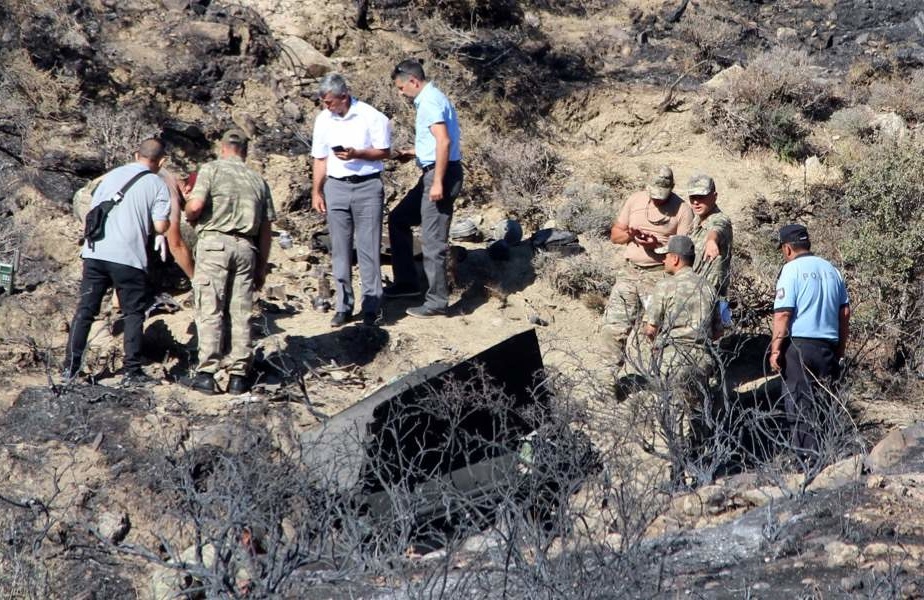A stray Assad regime anti-aircraft missile has struck northern Cyprus, almost 300 km (180 miles) away.
The missile was fired early Monday during Israeli strikes on a series of regime military and chemical weapon targets near Damascus and Homs. Markings indicated it was a Russian-made S-200, which has a range of up to 400 km (250 miles)
Officials in the self-declared Turkish Republic of Northern Cyprus said fragments of the missile, which exploded in mid-air, set blazes as they landed about 1 am in surrounding hills, about 20 km (12 miles) northeast of Nicosia.
Residents reported a light in the sky before hearing three loud blasts. Hours later, debris was still being discovered.
There were no injuries, but some homes were evacuated in the foothills.
Monday’s strikes by the Israelis hit regime bases with Iranian personnel and the regime’s primary chemical weapons research facility, northwest of Damascus. Four civilians were killed by an Israeli missile that struck hundreds of yards from the regime’s Mezzeh base in southern Damascus.
Syria Daily, July 1: Israel Attacks Pro-Assad Positions Near Damascus and Homs
Ineffective Regime Response to Israel
Assad regime missiles have often gone astray in the attempts to down Israeli warplanes during periodic airstrikes on regime and Iranian targets in Syria. Most have landed without causing damage, but in September 2018 a missile downed a Russian surveillance place in the Mediterranean, killing 15 personnel.
Only one Israeli warplane has been downed during the 100-month Syrian conflict.
Moscow supplied advanced S-300 missile systems to the regime after the incident, but they do not appear to have been used during the Israeli attacks.
Russia and Israel have had an effective co-operation agreement since autumn 2015, when Israeli Prime Minister Benjamin Netanyahu visited Russian President Vladimir Putin in Moscow, just before Russia’s military intervention to prop up the Assad regime.
Israel accepted the essential Russian backing of Damascus, while Putin and his officials acceded to a buffer zone, free of Iranian and Iranian-led forces, near the Israeli-occupied Golan Heights. Moscow also appears to have accepted the recurrent Israeli attacks on Iran, Hezbollah, and regime targets.
Israel has carried out hundreds of airstrikes against the targets. The attacks initially focused on Iranian transfers of weapons and missiles to Hezbollah and on the movement of Iranian and Hezbollah personnel to southwest Syria. But in the past year, with Netanyahu demanding Iranian military withdrawal from Syria, Israel expanded the raids to targets Assad regime bases with Iranian personnel throughout the country.

